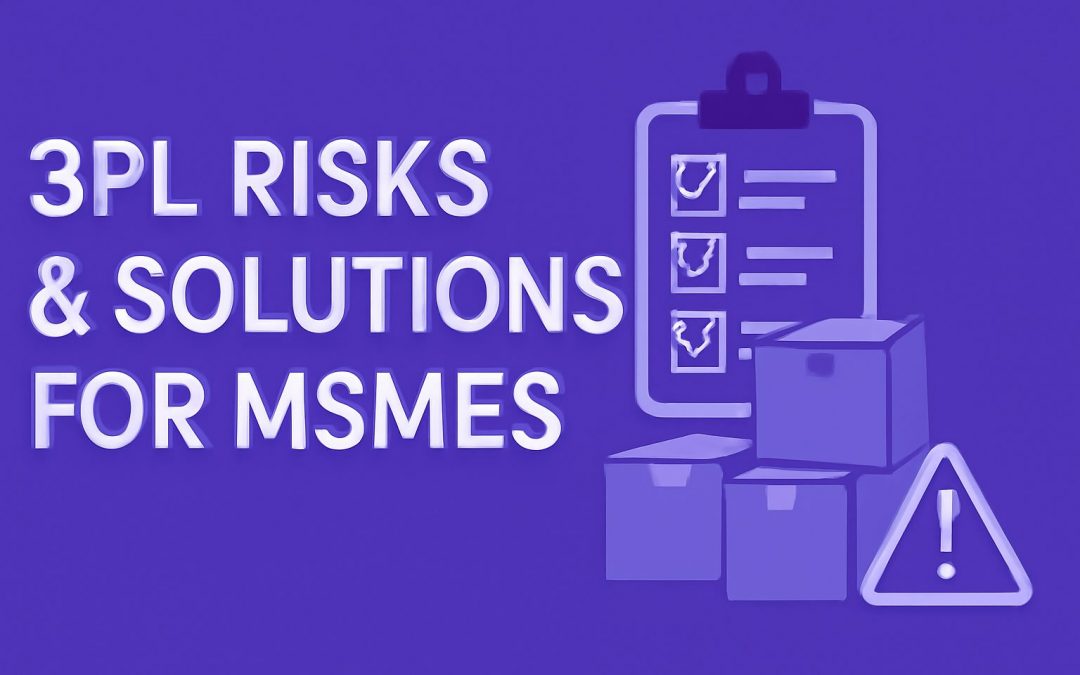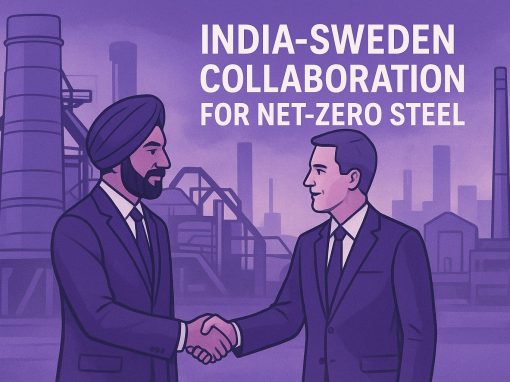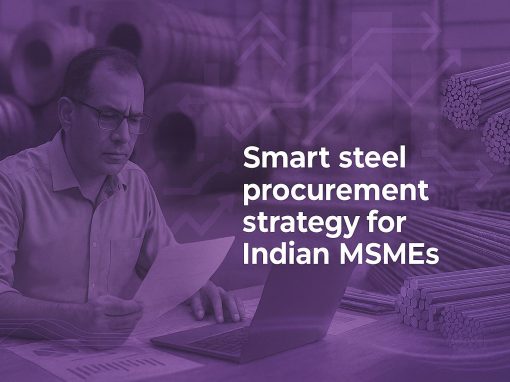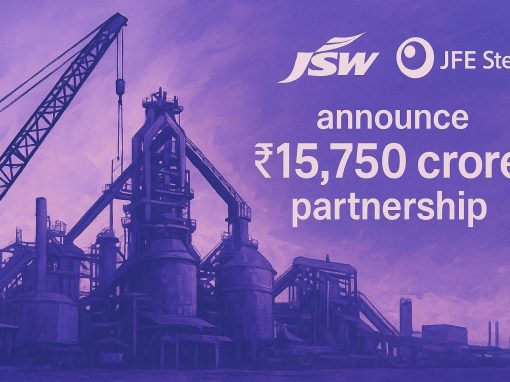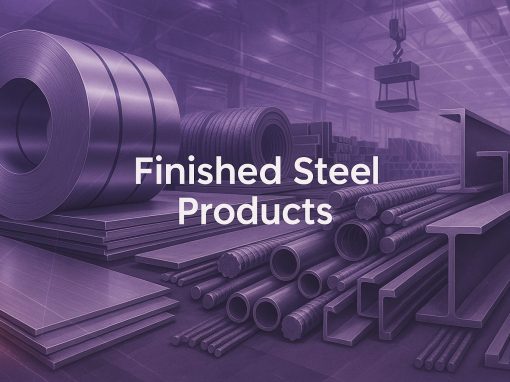Many businesses, regardless of being small or big, face supply chain management related challenges. Third party logistics or popularly known as 3PL can help businesses resolve many of those challenges. However, there are 3PL risks involved.
This article explains the meaning and role of 3PL companies and the risks of using third-party logistics.
What is Third-party Logistics?
The definition of 3PL is to outsource logistics services to a logistics company. However, the role of a 3PL company is often not limited to transportation only. It encompasses other activities such as storing, warehousing, and shipping on behalf of the client.
The 3PL company may also undertake procurement, warehousing, transportation, packaging and distribution of goods. Many times, 3PL partners also take the responsibility of goods returns and management, i.e., reverse logistics. Although there are various advantages of having a third-party logistics partner, it comes along with a set of 3PL risks too.
6 Common Risks Involved in Using Third-party Logistics
Here are some of the common 3PL many MSMEs in India face. However, these risks can be easily mitigated by being careful, the others remain strategic planning.
1. Safety
Consider this scenario: The safety of your products in transit is a major risk factor with a 3PL partners. Unforeseen incidents such as fire, natural calamities, etc., need to be considered. However, what sets each 3PL company apart is the way of dealing with such incidents.
How to mitigate: You need to have a strong SLA in place to ensure that the 3PL company emphasises on safety and security of your products. Check for certifications that the company has acquired, the kind of training that is provided to employees, amenities that its warehouse and storing facilities have, etc. Here are some of the questions that you may ask to get clarity:
- Is the facility covered under any insurance?
- What precautions are taken in case of an unforeseen incident, such as a fire?
You can also check on the certifications of its facilities to ensure all standard norms are followed.
2. Product Handling
Consider this scenario: The risk of product handling mainly occurs for products that need to be handled differently. For example, bulk commodities such as steel, fragile products, perishable goods, goods that require controlled temperature and humidity, etc. In such cases, it is important that the 3PL company has the capability and experience to handle these goods.
Moreover, there is also the question of the number of times the products are being moved. For instance, if you are using PTL services for shipping your goods (over LTL services), the risks of poor product/material handling are minimised. PTL shipping has lesser stop points with lesser loading and unloading, and also helps to keep logistics costs less.
How to mitigate: In case your product require experts for loading, unloading and handling, check with the 3PL on the following:
- Does your company have experience in handling the particular product category?
- Does your 3PL partner have the right equipment to handle the products?
- Are the employees well-trained to use this equipment?
3. Data Breach
Consider this scenario: This is one of the major risks of hiring 3PL logistics providers. When you outsource an entire function to an external entity, you are revealing company insights to them. It has details of your consignments, customer data, products and volume provided to each customer, and so on. There is the risk of data breach. Hence, be alert while drawing a contract.
How to mitigate: You need to ensure that the shortlisted 3PL company has fair business practices. You can learn about how the company ensures data security and avoid data breaches.
4. Scalability
Consider this scenario: Scalability is yet another risk factor with 3PL solutions. You may have plans to expand your business geographically or product category-wise. Your 3PL partner may turn to be irrelevant for your future needs. Moreover, demand for any product remain constant throughout. Therefore, your 3PL partner should be able to accommodate your business’ current and future needs as well.
How to mitigate: Ensure that the shortlisted 3PL company is able to handle high and low demands. Additionally, if you have growth/expansion plans, ensure that the company is aligned with it and is capable of scaling up services when the need be.
5. Hidden Costs
Consider this scenario: While finalising a 3PL company and drawing a contract, you might be happy that you are reducing logistics expenses significantly. And then, there comes a bill that exceeds your expected amount drastically due to hidden charges.
Solution: In the end, everything comes down to economic feasibility. Make sure there are no additional hidden charges, which may become a burden to you at later stage. Also, check if the pricing model of the 3PL company is suitable for you. See the scope of negotiating and negotiate it to the best of your capacity.
6. Knowledge of Legal and Regulatory Processes
Consider this scenario: When partnering with a 3PL provider for international shipping, different countries’ laws, tariffs, and customs regulations can impact your operations. Non-compliance can lead to delays, fines, or legal consequences.
Solution: Ensure your 3PL provider is well-versed in local and international laws, including trade policies and customs requirements. Verify that they have the necessary certifications and a solid understanding of regulatory frameworks to avoid potential legal issues and shipping disruptions.
Industry-specific 3PL Challenges and Solutions
Each industry faces unique challenges in managing logistics, which can significantly impact overall efficiency and profitability. Addressing these challenges requires careful strategic planning, technology adoption, and partnerships with reliable logistics providers.
| Industry | Challenge | Description | Solution |
| Manufacturing | Raw material procurement and inventory management | Fluctuating raw material availability and price changes impact production schedules. Managing inventory levels to avoid stockouts or overstocking is critical. | Look for 3PL providers who offer inventory management solutions and provide access to a wider range of suppliers. |
| Production delays and supply chain interruptions | Delays in transportation, supplier issues, or lack of infrastructure can lead to costly downtime and missed opportunities. | A 3PL provider with access to a robust supply chain infrastructure, including multiple suppliers and transportation networks is ideal. | |
| Complex distribution and delivery management | Managing the distribution of goods across regions, ensuring timely deliveries, and optimising routes are complex and critical to cost-efficiency. | Choose a 3PL provider that offers advanced transportation management systems (TMS) to optimise routes, track shipments in real-time, and ensure timely deliveries. | |
| Construction | Project delays due to material shortages | Shortages of key construction materials, such as cement and steel, can cause project delays, cost overruns, and missed deadlines. | Leverage 3PL providers who have strong supplier networks and inventory management systems. 3PLs can source materials from multiple vendors, ensuring availability and timely delivery to construction sites. |
| On-site logistics and equipment management | Poor on-site logistics can lead to inefficiencies, accidents, or project delays, increasing operational costs and safety concerns. | 3PL providers can offer on-site logistics management services, ensuring that equipment and materials are delivered to construction sites efficiently. Their expertise helps streamline workflows, minimise delays, and reduce the risk of accidents. | |
| Regulatory compliance and documentation | Navigating complex regulatory requirements and documentation are time-consuming, and non-compliance can result in fines or project shutdowns. | 3PL providers handle regulatory compliance and documentation management, ensuring that all shipments and materials meet legal requirements. | |
| E-commerce | Last-mile delivery challenges | Rising demand for faster deliveries combined with traffic congestion and rising costs complicates last-mile logistics. | Go for 3PL providers who offer specialised last-mile delivery solutions with optimised routes and local fulfillment centers. |
| Managing high volume and seasonal demand | Fluctuating demand, especially during peak seasons, requires effective inventory management and fulfilment strategies to avoid stockouts or excess inventory. | Opt for 3PL providers who offer scalable warehousing and fulfilment services that adapt to seasonal demand. MSMEs can easily manage inventory levels and handle sudden spikes in orders without needing to invest in additional infrastructure. | |
| Returns management | Managing product returns efficiently to minimise costs is crucial as high return rates can significantly increase operational expenses. | 3PL providers specialising in reverse logistics and returns management can help streamline the process of handling returned goods, inspecting them, and restocking or disposing of them efficiently. | |
| Agriculture | Seasonal and geographical supply variability | The seasonality of agricultural products and varying climates make forecasting demand and ensuring consistent supply difficult. | MSMEs can rely on 3PL providers who offer advanced forecasting and demand planning tools, helping businesses manage fluctuations in supply and demand across different seasons and regions. 3PL providers also help with market expansion through their extensive networks. |
| Perishable goods and cold chain logistics | Ensuring temperature-controlled logistics for perishable goods is critical, as any disruption in the cold chain can lead to spoilage and financial losses. | Choose 3PL providers with expertise in cold chain logistics. | |
| Farm-to-market connectivity | Poor infrastructure and limited access to markets make it difficult for farmers to get products to consumers, increasing transportation costs and limiting market reach. | 3PL providers can bridge the gap between farms and consumers by offering specialised transportation services, including localised delivery networks. MSMEs can leverage 3PLs to improve access to consumers. |
Best Practices for Risk Management with 3PL Providers
A solid Risk Management Framework is essential for businesses working with 3PL providers, empowering businesses to react quickly and effectively to issues before they cause significant damage.
Key elements include:
- Risk identification: Begin by listing all possible risks, from safety concerns to data breaches. This can be done through brainstorming sessions, historical data analysis, and feedback from stakeholders.
- Risk assessment: Once identified, assess each risk’s potential impact on operations, financial stability, and reputation. The severity of risks can be ranked based on likelihood and potential consequences.
- Mitigation strategies: For each identified risk, outline strategies to mitigate or prevent them. This may include securing comprehensive insurance, setting clear performance expectations, or selecting multiple 3PL providers to diversify risk.
- Contingency plans: Define actions to take if a risk materialises. This might include pre-emptive backup suppliers, emergency protocols for safety incidents, or immediate recovery measures for operational disruptions.
What to Include in Contracts with 3PL Providers
A comprehensive contract forms the backbone of a 3PL partnership and is a crucial part of managing risk. It defines the terms of the relationship, the expectations of both parties, and the recourse for non-compliance.
Key Clauses to Include:
- Performance metrics: Outline measurable Key Performance Indicators (KPIs) such as delivery times, damage rates, inventory accuracy, and customer satisfaction. Clearly state penalties or corrective actions if these standards are not met.
- Liability and insurance: Clearly specify liability for damages, accidents, or delays in transportation. Ensure that the 3PL provider maintains appropriate insurance coverage to protect goods in transit and at storage facilities.
- Confidentiality and data protection: Include terms on data security to safeguard sensitive information. Define who is responsible for protecting proprietary information and setting up the necessary cybersecurity protocols.
- Dispute resolution: Set procedures for resolving disagreements or breaches, including escalation processes, timelines, and mediation or arbitration methods. This ensures quick resolution without disrupting operations.
- Exit clause and transition plan: A robust exit clause is critical, allowing businesses to disengage from the 3PL contract if performance is consistently subpar. Include a clear transition plan for moving logistics operations to a new provider to ensure minimal disruption.
Best Practices for Ongoing Risk Monitoring
3PL risk management should not be a one-time process. It is vital to continuously monitor and assess risks throughout the duration of the 3PL partnership.
- Regular audits and reviews: Schedule regular audits to evaluate the performance of the 3PL provider against established KPIs. These audits should include reviewing safety protocols, insurance coverage, data security measures, and compliance with agreed terms.
- Real-time monitoring: Implement technology solutions such as a Transportation Management System (TMS) or Warehouse Management System (WMS) to monitor real-time performance. These systems provide visibility into inventory levels, delivery statuses, and shipment tracking, allowing businesses to identify and respond to potential issues swiftly.
- Feedback loops: Establish a continuous feedback loop with the 3PL provider and internal teams to address any ongoing challenges. This can be done through regular meetings, performance reports, and customer feedback surveys to gauge service satisfaction.
- Risk alerts: Use risk alert systems that notify management when predefined thresholds (e.g., delays, damages, or compliance breaches) are reached. This proactive approach allows businesses to respond quickly before the issue escalates.
- External risk factors: Continuously monitor external factors that might impact logistics operations, such as regulatory changes, fuel price fluctuations, or global supply chain disruptions. Stay updated with industry news, government regulations, and market conditions.
What Happens if a Risk Occurs?
Businesses should view risk management as an ongoing process of continuous improvement. After each incident or risk event, there should be a post-incident analysis to understand what went wrong, how it was handled, and what can be done to prevent similar issues in the future.
Steps to Foster Continuous Improvement with 3PL Risks:
- Root cause analysis: For each risk event that occurs, conduct a root cause analysis to identify the underlying causes. This can help refine risk mitigation strategies and prevent recurring issues.
- Lessons learned: Document lessons learned from each risk event and share them across the organisation and with the 3PL provider. These insights can improve future planning and help refine risk management practices.
- Ongoing training: Regularly train employees and 3PL partners on risk management best practices, safety protocols, and compliance requirements. This ensures that all stakeholders are prepared for potential risks and can respond effectively.
Tips for Choosing the Right 3PL Partner
Apart from the risk mitigating factors mentioned above, here are some pointers that can help you to narrow down on the best suitable 3PL partner for your business.
- Geographical coverage: First, you need to determine if the 3PL company serves all locations where your customers are based. If you plan to expand the business geographically, check if the company has services in those regions too. Depending on your needs you can also check where the company’s warehousing/storage facilities are located, if any new ones are coming up since logistics parks are being developed countrywide, etc. This will help you to understand the company’s capabilities and ability to serve newer markets.
- Customer service: The 3PL company that you choose should have good customer service. It should have the capability to respond quickly and accurately. The importance of good customer service in logistics cannot be ignored, considering the intense competition in the sector.
- Documentation: Be clear about who would take care of the documentation part. Will it be the 3PL company or you? Most 3PL companies do documentation as well. However, it needs to be clear before you start doing business with them.
- Reputation: You may check with your peer about the reputation of the market. Ultimately, with whom you do business with affects your reputation too.
Apart from the points mentioned above as per your needs, you can check the level of technology adoption the 3PL partner has, the level of customisation they can offer to your business, etc. Remember, there are different types of third-party logistics providers, and finding the right one for your business is going to make all the difference.
Also Read: Goods transport services in Karnataka
Conclusion
Having a 3PL partner frees you from day-to-day logistics operations and documentation, so you can focus on other operational aspects of your business. However, it is important that you choose the right 3PL provider.
Need reliable logistics solutions for your business?
Tata nexarc helps businesses streamline their supply chain with trusted transporters, competitive pricing, and real-time tracking – ensuring timely and cost-effective delivery across India.
FAQs
Swati is a passionate content writer with more than 10 years of experience crafting content for the business and manufacturing sectors, and helping MSMEs (Micro, Small and Medium Enterprises) navigate complexities in steel procurement, and business services. Her clear and informative writing empowers MSMEs to make informed decisions and thrive in the competitive landscape.
